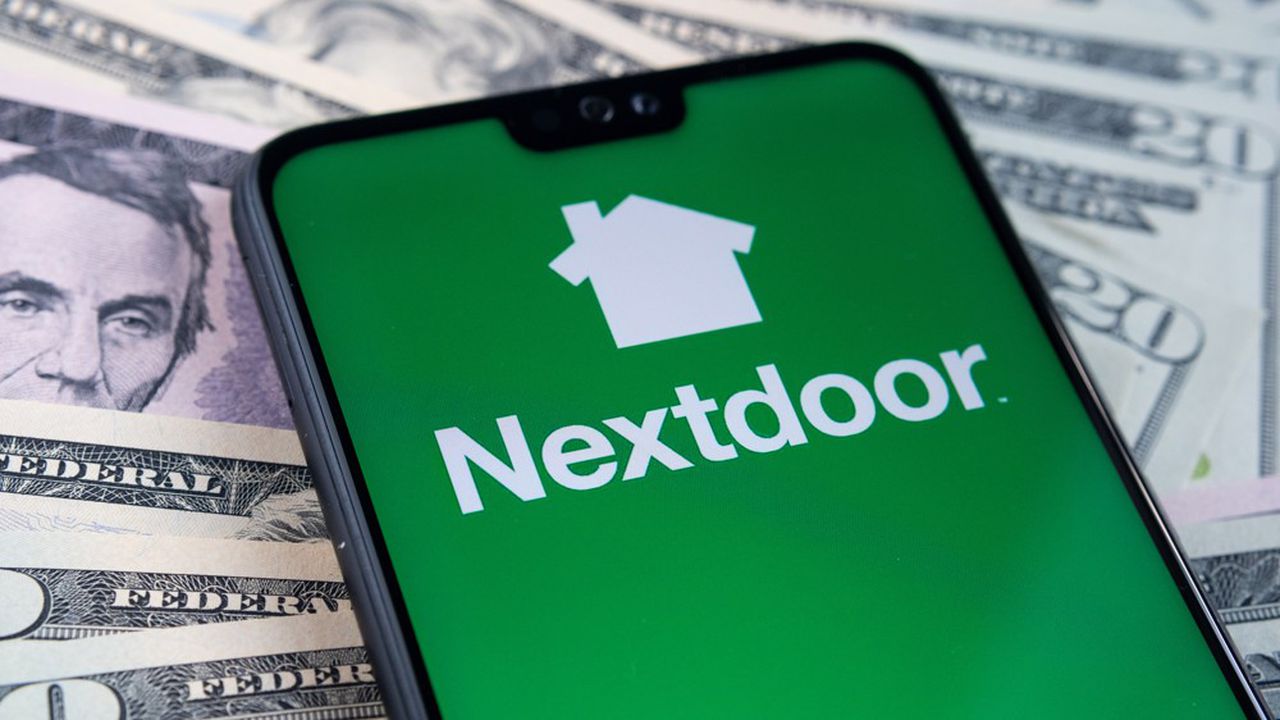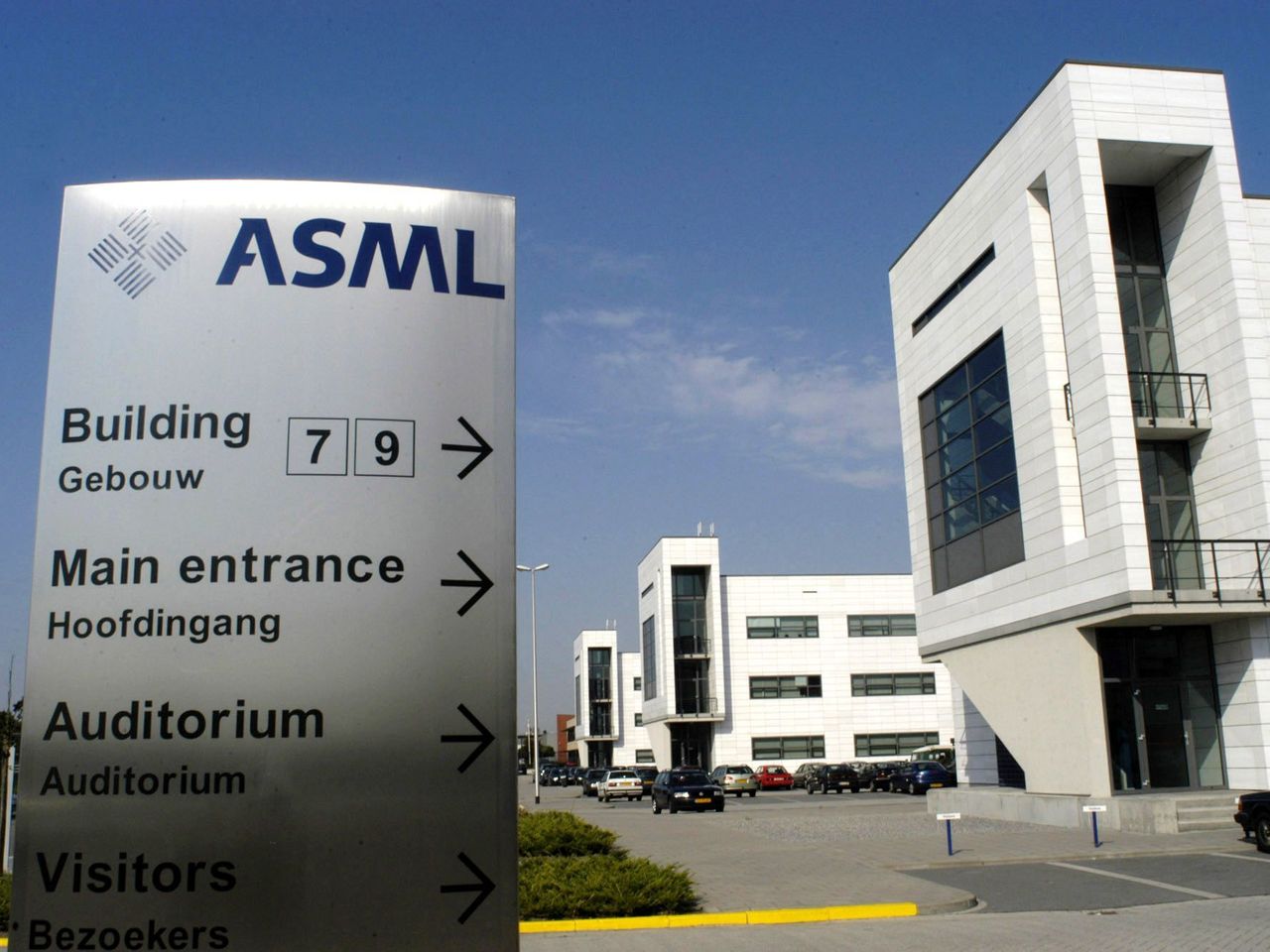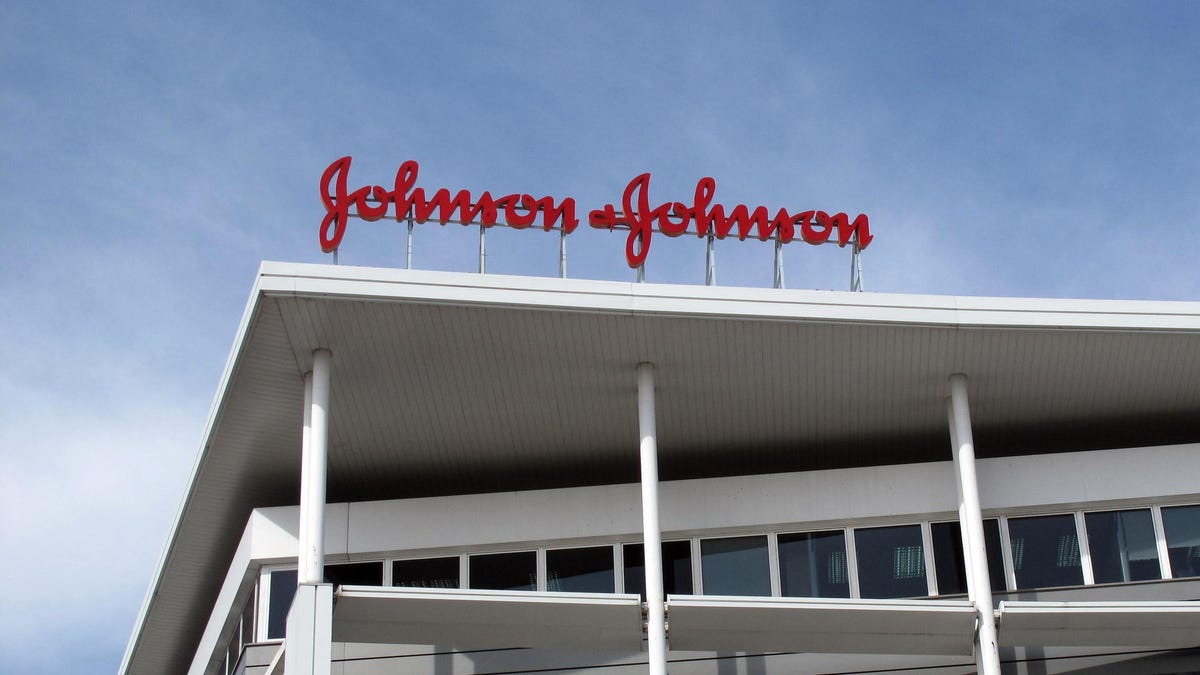Nextdoor is an American social network, launched in 2011 in San Francisco, whose mission is to connect people living in the neighborhood. According to the company’s website, the app is currently used by one in three households in the United States. The platform is available for download in 275 thousand geographic areas. Outside the US, the app can be used in 11 countries around the world. The platform gained a lot of popularity during the global lockdown in 2020 when people were at home. The total number of active Nextdoor users has increased by over 80% in a month. The platform acted as a center for helping neighbors and supporting local businesses.
The main idea of the application is that by downloading the application and specifying the necessary geographic coordinates, users can communicate directly without any intermediaries. In addition to chatting in Nextdoor, you can ask for or offer services, place products for sale or purchase, and join groups to solve social problems. Also in the application, you can see localized news relevant to a specific geographic location, as well as various warnings, including those related to security or criminal warnings. Nextdoor is a social network that has carved a unique niche in the segment of super-local communities and highly localized areas from the very beginning of its activity, allowing neighbors to create meaningful social connections.
Nextdoor’s revenue structure is formed by three main income items. First, the platform makes money from ad revenue. National and regional companies can promote their products or services through Nextdoor. Second, the company earns commissions for posting ads for services in the neighborhood, such as real estate or rental services. Third, the platform may host offers from local companies to promote goods or services to residents. The last two business lines operate only within the United States. Customers place advertisements for their target audience for all demographic characteristics – gender, age, place of residence, profession, place of work, interests. The company’s business grows stronger as it scales, benefiting from strong network effects.
Nextdoor’s revenue in 2020 was $ 123 million, up 49% from the prior year. The net loss was $ 75 million, which is in line with the previous year. By the end of 2021, Nextdoor expects revenue growth by 44% yoy to $ 178 million, while the net loss will increase to $ 103 million. Currently, 60 million users are registered on the platform, of which 27 million visited the application at least once a week in 1Q21. which is 12% higher than a year ago. In 2020, traffic grew by 37% compared to 2019. The company’s management predicts an increase in average revenue per user from $ 4.62 in 2020 to $ 5.93 in 2021.
Among the main risks, one can single out a decrease in interest in social networks while returning to pre-pandemic life. It is also important to note the competition. For example, in May, Facebook added the “Neighborhoods” option to its application, which closely resembles the Nextdoor platform in terms of functionality.
Since 2008, Nextdoor has raised almost $ 450 million. The last investment round for $ 170 million took place in September 2019, following which the company was valued at $ 2.2 billion. It was attended by T. Rowe Price, Soroban Capital and Baron Capital Group, as well as Axel Springer (parent structure of the Insider media portal). Two years later, in early July 2021, it became known that Nextdoor could get a Nasdaq listing through a SPAC deal with II Khosla Ventures (KIND). Nextdoor was valued at $ 4.3 billion. During the merger, Nextdoor will raise $ 686 million, which the company plans to use to finance the scaling of its platform and monetize the small business segment. The merger with II Khosla Ventures may be closed in Q4 2021.










